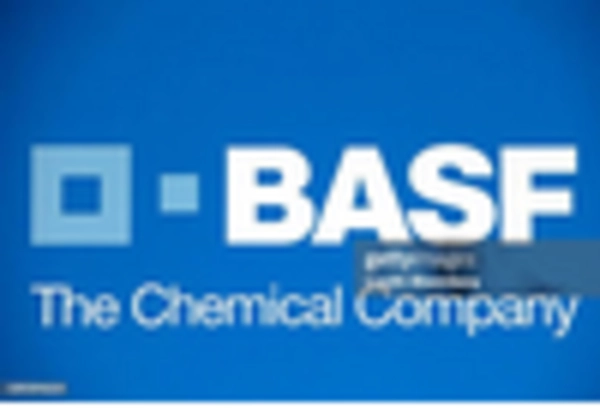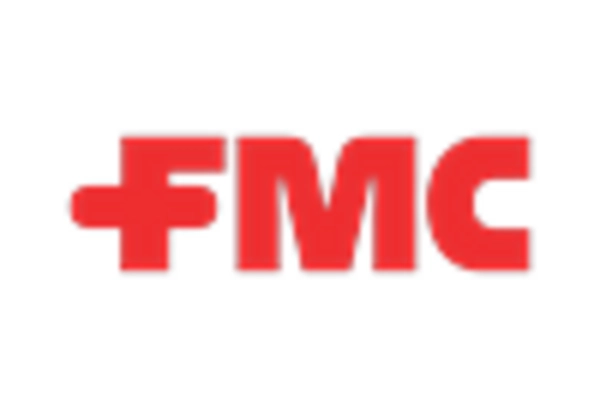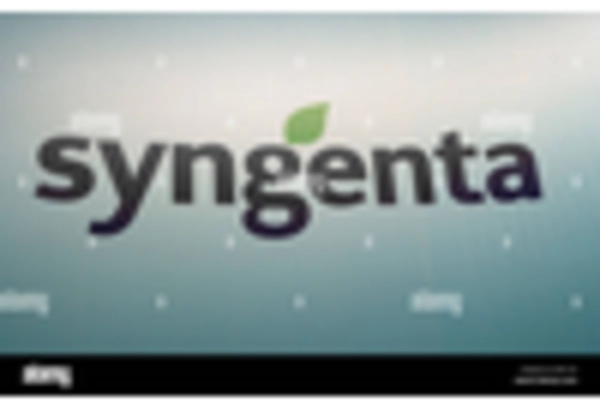The seed coating-materials market is characterized by a dynamic competitive landscape, driven by innovation, sustainability, and the increasing demand for high-yield crops. Key players such as BASF SE (DE), Corteva Agriscience (US), and Bayer AG (DE) are actively shaping the market through strategic initiatives. BASF SE (DE) focuses on enhancing its product portfolio with advanced seed coating technologies, while Corteva Agriscience (US) emphasizes sustainable practices and digital solutions to optimize seed performance. Bayer AG (DE) is leveraging its extensive research capabilities to develop innovative coatings that improve seed germination and resilience. Collectively, these strategies foster a competitive environment that prioritizes technological advancement and environmental stewardship.
In terms of business tactics, companies are increasingly localizing manufacturing to reduce lead times and enhance supply chain efficiency. The market structure appears moderately fragmented, with several players vying for market share. However, the influence of major companies is substantial, as they set industry standards and drive innovation. This competitive structure encourages smaller firms to adopt niche strategies or collaborate with larger entities to remain relevant.
In October 2025, Corteva Agriscience (US) announced a partnership with a leading agricultural technology firm to integrate AI-driven analytics into its seed coating solutions. This strategic move is expected to enhance the precision of seed treatments, thereby improving crop yields and reducing resource usage. The collaboration signifies a shift towards data-driven decision-making in agriculture, aligning with the growing trend of digital transformation in the sector.
In September 2025, Bayer AG (DE) launched a new line of bio-based seed coatings designed to enhance seed protection while minimizing environmental impact. This initiative reflects Bayer's commitment to sustainability and positions the company as a leader in eco-friendly agricultural solutions. The introduction of these coatings is likely to resonate with environmentally conscious consumers and farmers, potentially increasing market share.
In August 2025, BASF SE (DE) expanded its research and development facilities in the US, focusing on innovative seed coating technologies. This expansion is indicative of BASF's long-term strategy to enhance its competitive edge through continuous innovation. By investing in R&D, the company aims to develop next-generation coatings that meet the evolving needs of farmers and contribute to sustainable agriculture.
As of November 2025, the competitive trends in the seed coating-materials market are increasingly defined by digitalization, sustainability, and the integration of advanced technologies such as AI. Strategic alliances are becoming more prevalent, as companies recognize the value of collaboration in driving innovation and addressing complex agricultural challenges. Looking ahead, competitive differentiation is likely to evolve from traditional price-based competition to a focus on technological innovation, supply chain reliability, and sustainable practices, reflecting the changing priorities of the agricultural sector.

















Leave a Comment